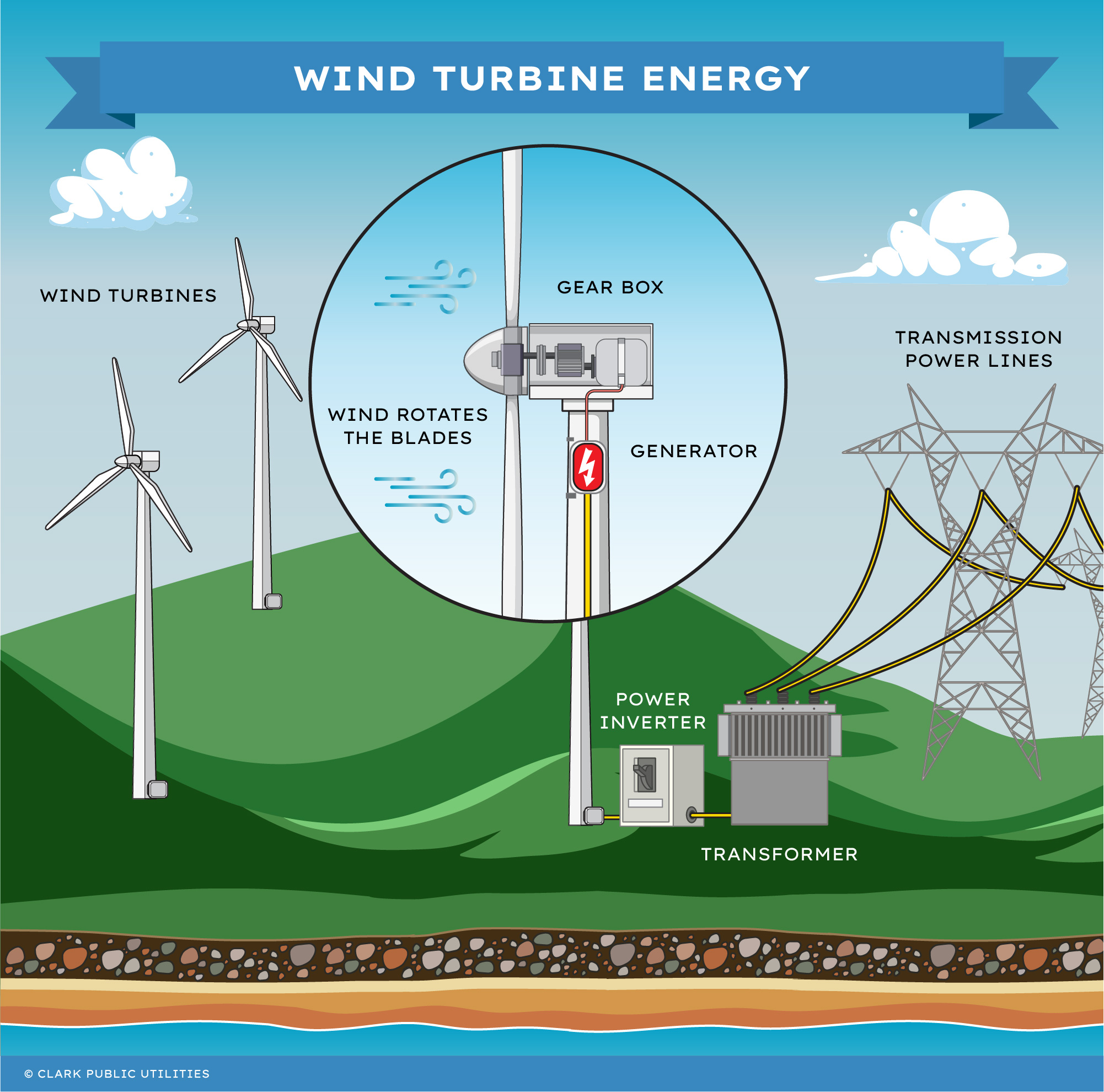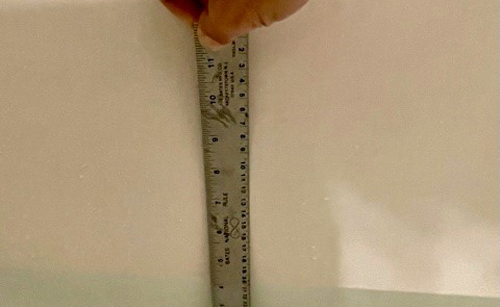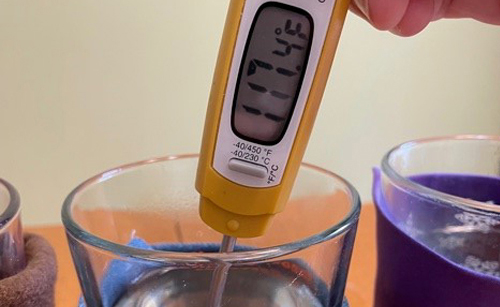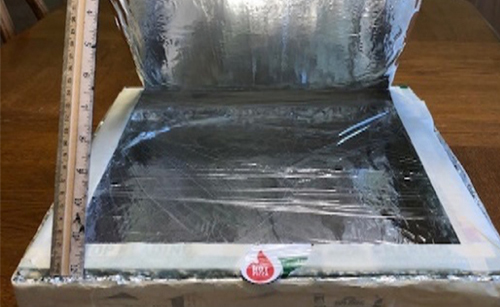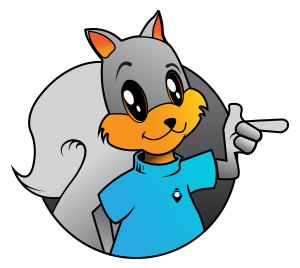Wind energy is an alternative source of power that can be used in the place of fossil fuel-based sources like coal and oil. To harness the wind for power, wind turbines are used. These turbines are incredible machines that measure over 221 feet tall, with blades that are 129 feet long. (That’s longer than the wingspan of a Boeing 747 and taller than two Statues of Liberty!)
How do wind turbines work?
A group of wind turbines work together (also known as a wind farm) to generate enough electricity to power a community. The wind spins the blades that are attached to a hub, which is mounted on a turning shaft. The shaft goes through a gear transmission box where the turning speed increases. The box is attached to a second, high-speed shaft, which turns a generator that makes electricity.
If the wind speed is too high, the turbine has a brake to prevent the blades from moving and being damaged.
To generate electricity, the wind’s speed must be above 12 to 14 miles per hour to turn the turbines fast enough. At that speed, wind turbines can produce from 50 to 300 kilowatts of electricity per hour (kWh).
If you see a turbine, you’ll notice they always have three blades. If there were more than three blades, it would increase the drag and make the turbine less efficient. Having just two blades wouldn’t work, because the turbines would wobble when facing the wind. Three blades are just the right amount to keep everything running smoothly.
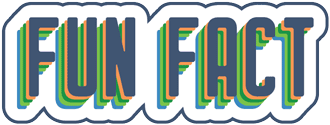
Wind turbines convert kinetic energy, or energy that is derived from motion, into electrical energy.
Wind can be used to do work!
The kinetic energy of wind can be changed into other forms of energy, either mechanical or electrical. Mechanical wind power can be used for tasks like pumping water. Farmers have used wind energy for decades to help pump water from wells and Holland has done the same for centuries.
When a generator is used, then wind’s mechanical energy is converted to electrical energy.

While we don’t have wind farms in Clark County, there are many located in the eastern parts of Washington and Oregon. Washington state has approximately 20 wind farms. Clark Public Utilities receives about 4 percent of its energy from wind power that is generated at the Combine Hills II wind farm near Milton-Freewater, Oregon.

Did you know that wind energy is actually a form of solar power? That’s because wind is created, in part, when the atmosphere is heated by the sun.
Despite its benefits, wind power does have challenges
- Wind farms must be built on large pieces of land. Such land is usually far from cities, where the electricity is needed, and it can be difficult to transport to homes and businesses.
- Turbines often suffer from a bad reputation, with some complaining about the visual impact on the land and noise produced by the blades.
- Wind turbines can also negatively affect wildlife, with reports of birds and bats flying into blades.
- Wind power still must compete with the low prices of conventional fuel sources.

